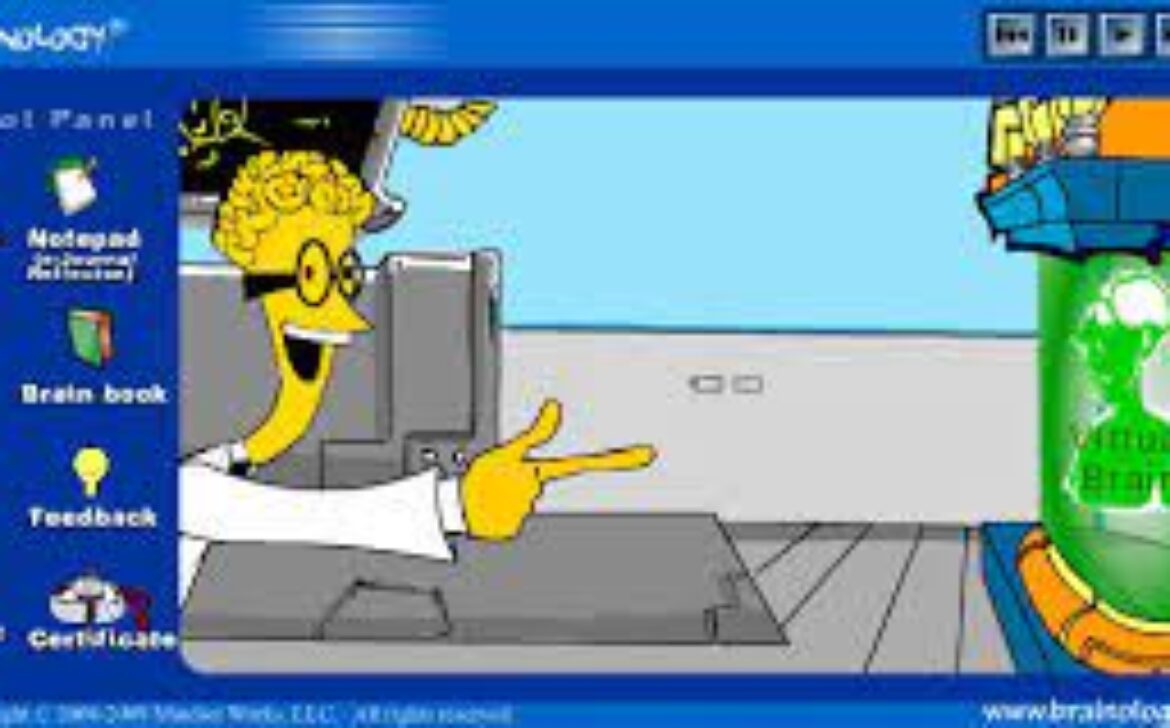CRISPR-Cas9 Advancements: Navigating Breakthroughs and Controversies in Gene Editing Technology
In the realm of biotechnology, few innovations have garnered as much attention and promise as the CRISPR-Cas9 gene editing technology. With its ability to modify DNA with unprecedented precision, CRISPR-Cas9 has opened doors to potential treatments for genetic diseases, agricultural improvements, and advancements in scientific research. However, this revolutionary tool is not without its ethical, societal, and regulatory challenges. In this article, we will delve into the latest breakthroughs and controversies surrounding CRISPR-Cas9.
The CRISPR-Cas9 Breakthroughs
Clustered Regularly Interspaced Short Palindromic Repeats, or CRISPR, combined with the Cas9 protein, offers a versatile and targeted method for editing DNA. Since its discovery, scientists have made remarkable advancements:
- Precision Genome Editing: CRISPR-Cas9’s pinpoint accuracy allows researchers to modify specific DNA sequences, correcting mutations responsible for hereditary diseases like sickle cell anemia and cystic fibrosis.
- Therapeutic Applications: Gene therapies are on the horizon, using CRISPR-Cas9 to repair or replace malfunctioning genes. Trials have shown potential in treating genetic disorders like beta-thalassemia.
- Agricultural Revolution: The technology is being harnessed to engineer crops for enhanced yield, disease resistance, and nutritional content, promising solutions to global food security challenges.
- Research Acceleration: CRISPR-Cas9 expedites the study of genes and their functions, unraveling mysteries behind diseases and leading to the development of targeted treatments.
Controversies and Ethical Considerations
While the scientific community celebrates the immense potential of CRISPR-Cas9, it is imperative to address the concerns that accompany its rapid advancement:
- Off-Target Effects: One significant challenge lies in the possibility of unintentional genetic modifications at sites other than the intended target. This raises safety concerns, particularly in human therapeutic applications.
- Germ line Editing: The ability to edit germ line cells (sperm, eggs, embryos) raises ethical questions about the potential for heritable genetic changes, impacting future generations.
- Biodiversity and Ecosystem Impact: Genetic modifications in agricultural settings may inadvertently affect ecosystems and native species, necessitating thorough environmental assessments.
- Access and Equity: As with many groundbreaking technologies, there are concerns about equitable access to CRISPR-based therapies and benefits across diverse communities.
Navigating the Regulatory Landscape
To harness the power of CRISPR-Cas9 responsibly, robust regulatory frameworks are vital:
- Research Oversight: Many countries have implemented guidelines for gene editing research to ensure safety and adherence to ethical standards.
- Clinical Trials Oversight: Rigorous evaluation and regulatory approvals are crucial for gene therapies before they reach clinical trials, ensuring patient safety and efficacy.
- International Collaboration: The global nature of gene editing necessitates international collaboration to establish common guidelines and standards.
Conclusion
CRISPR-Cas9 stands as a beacon of hope for medical breakthroughs and advancements in agriculture, but its journey is accompanied by ethical dilemmas and regulatory hurdles. As the technology continues to evolve, responsible use, public engagement, and multidisciplinary discussions will shape its trajectory. Balancing scientific progress with ethical considerations will be the key to unlocking the full potential of CRISPR-Cas9 in a manner that benefits humanity as a whole.










